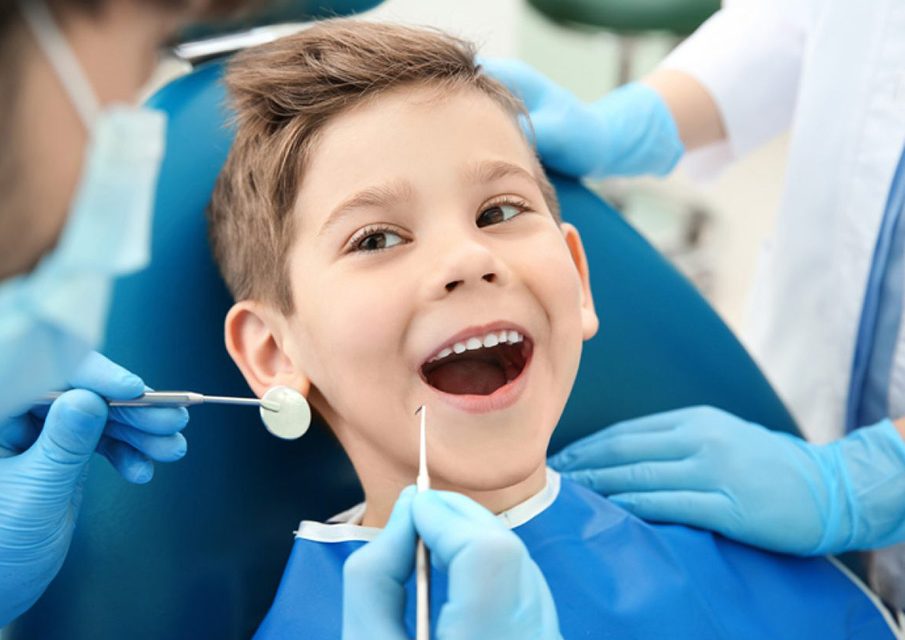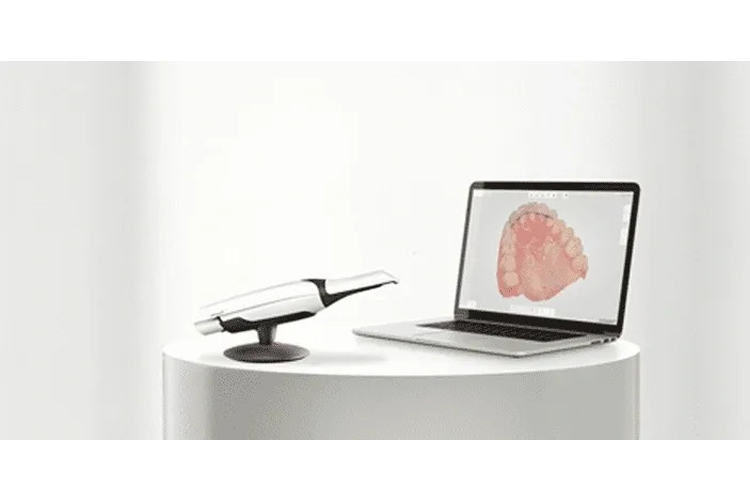Primary Teeth (baby teeth) are more prone to dental decay than permanent teeth and have large pulp chambers (the area inside the tooth contains nerves and vascular tissue).
Because of this, cavities in primary teeth can reach the inner pulp tissue quite rapidly and necessitate the need for pulp therapy to save the tooth. Dr. Hawryluk’s goal is to prevent pulpal procedures altogether. However, when needed, we, of course, use the latest researched based techniques available.
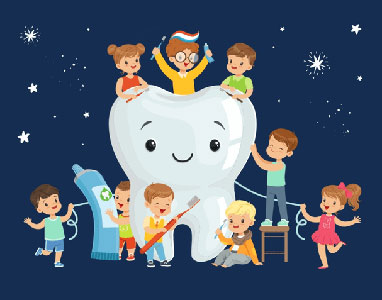
The pulpotomy procedures for primary teeth sometimes reach the news headlines because the compound formocresol is still permitted and used in Canada. This substance is considered outdated and possibly harmful. Dr. Hawryluk has not used it since 2005. Formocresol has been around dentistry for a long time, and slowly dentistry is moving away from it. Dr. Buckey came up with the formocresol formula in 1904, which had 19% formaldehyde and 35% creosol. Unfortunately, studies show its distribution throughout the human body when used in dentistry. Elegant research in the 1970s and ’80s on canine teeth showed that within 30 minutes of use, some of it would seep through the apex (end) of the tooth root and distribute throughout the body. It is a known carcinogen. In addition, it is mutagenic and can go to distant body sites when it enters the bloodstream.
All in all, the consensus is growing; it does not belong in modern dental use. At one time, formocresol was the gold standard until new and improved products came along. We are in a new phase of treating pediatric dental pulp, and there are many better new products.

T he key to treating primary teeth is a proper diagnosis. Also, the newer, healthier products will ensure the most effective treatments possible for your child’s teeth. A different and better approach is used at St. Lawrence Dentistry to treat decay, which has reached the dental pulp in primary teeth. We are now in the third generation of treatment modalities for primary teeth. Today we get the pulp tissue to use its innate healing power by using a tri-calcium silicate called Biodentine. With this material, you can put it over the exposed primary pulp, and within 30 days, you get a “dentinal bridge”. So in effect, the pulp heals itself after the initial onslaught of the carious (cavity) pulp exposure. Dr. Hawryluk will consider repairing the dentinal bridge for your child if dental caries has not infected your child’s tooth but merely exposed the pulp. Biodentine comes in a powder liquid formula. It has the consistency of bubble gum in that it is moldable but has some firmness. It provides an excellent seal over the pulp chamber, and there is no leakage of saliva into the area allowing for ideal healing conditions.
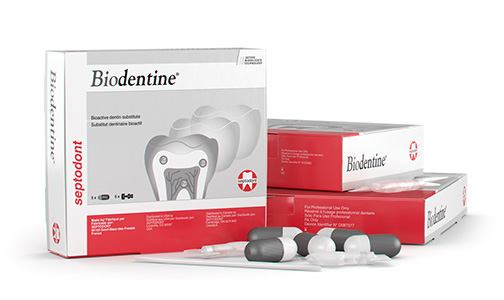
In case of a primary tooth infection, cleaning out the entire root is sometimes an option. The anatomy of a primary molar is different compared to a permanent tooth, which poses treatment challenges. On the floor of the pulp chamber in primary molars are several hundred to thousands of accessory canals, which are visible on electron microscope scans. These run from the floor of the pulp chamber to where the tooth’s roots bifurcate. It is impossible to clean these all out. A root canal can be a treatment option, but necrotic tissue could still be left behind, which opens the possibility of non-healing. Suppose there is a possibility that this modality of treatment may not work. In that case, Dr. Hawryluk will discuss the probabilities of success with you (the parent) and decide if it’s best to remove the decayed primary tooth for your child.
Root canal materials differ from primary teeth because they have to be soft and resorbable (unlike Gutta Percha used in permanent teeth).
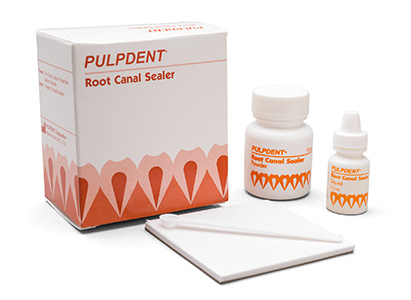
Dr. Hawryluk has found the best material for filling the roots of primary teeth is a material made by Pulp Dent, which contains zinc oxide eugenol and resin from Canadian Balsam Fir. It is biologically compatible and will resorb as the root resorbs with the incoming of new permanent teeth. Our priority is to provide the best care and materials for your child’s dental treatment. If you live in the Mississauga area and are looking for a new dentist for you or your child, please call us.
Reference:
Viva Learning 2019: Pulp Therapy
- Sleep Dentistry: Enhancing Comfort and Care During Dental Procedures - July 11, 2024
- The Revolutionary Injection Molding Technique for Composite Veneers - June 27, 2024
- Why Are Third Molars Called “Wisdom Teeth”? - June 19, 2024



